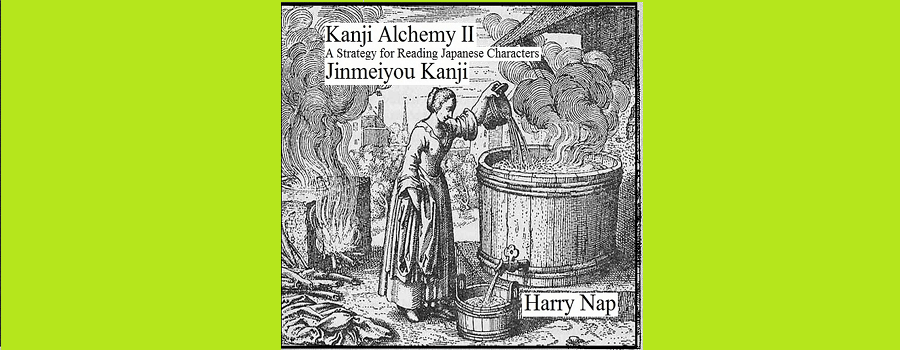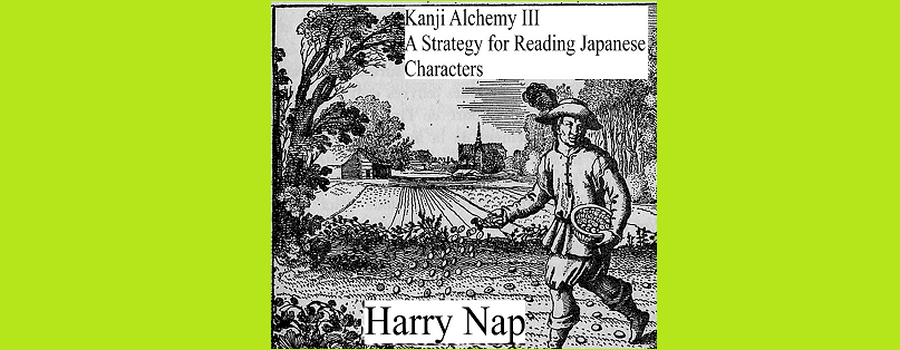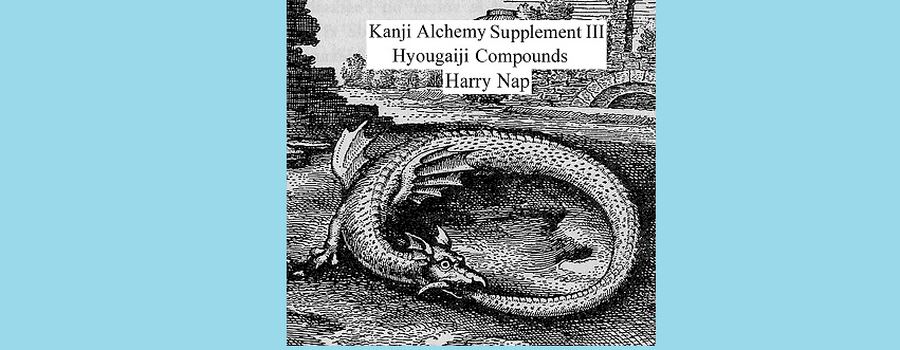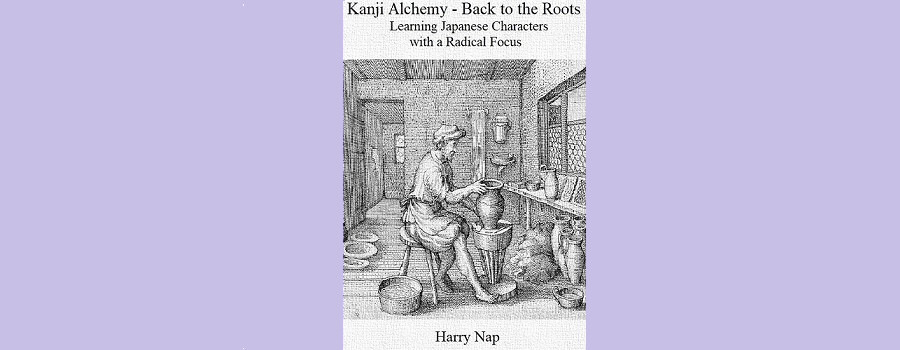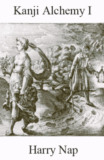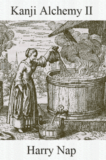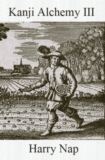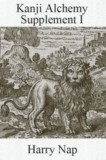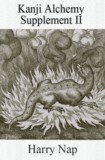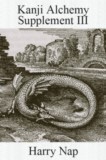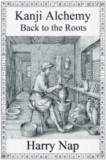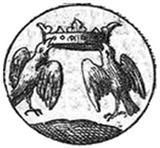A Strategy for Reading Japanese Characters
| 凹 | 凸 | 仙 | 山 | 辿 | 汕 | 杣 | 疝 | 岾 | 圸 | |
|---|---|---|---|---|---|---|---|---|---|---|
| 爽 | 大 | 尖 | 尢 | |||||||
| 沖 | 衷 | 忠 | 仲 | 中 | 狆 | 迚 | 冲 | |||
| 晶 | 唱 | 日 | 昌 | 椙 | 倡 | 娼 | 猖 | 橸 | ||
| 牲 | 姓 | 性 | 生 | 笙 | 旌 | 徃 | ||||
| 璽 | 班 | 宝 | 玉 | 爾 | 邇 | 濔 | 瀰 | 尓 | 瑩 | |
| 好 | 了 | 学 | 子 | 仔 | 斈 | 孑 | 孱 | 潺 | 學 | |
| Jouyou Kanji, Jinmeiyou Kanji and Hyougaiji Kanji Week 1 | ||||||||||
- Start memorising kanji in groups or clusters (characters grouped together based on graphic similarities) rather than standalone characters.
- Study in a rational way by focusing on features within kanji that will aid kanji recognition such as radicals and an awareness of the etymology of the character.
- Focus on compounds (two or more characters combined) that occur frequently which means that studying kanji as sets has considerable benefits for acquiring vocabulary.
- Consider kanji as being part of a continuum that goes beyond the 2136 characters that form the Jouyou Kanji (General-Use) list. The table provides an overview of Week 1 showing graphically similar characters in the Jinmeiyou (red) and Hyougaiji range (green) in addition to the General-Use list.
https://books2read.com/u/3neyE6 (Epub)
9780994196477 (International Distribution Ingram)
0994196482 (Amazon)
https://books2read.com/u/4jKp0o (Epub)
9780994196484 (International Distribution Ingram)
The Method
The same set of 490 characters has been used in the Jinmeiyou series of the second volume and in the “Non-General Use” characters of the third volume of Kanji Alchemy. The entire range of Kanji Alchemy amounts to 6460 characters. Although compounds feature in Jouyou Kanji (Kanji Alchemy 1), there are 3 supplementary volumes that provide kanji compounds for each of the different ranges. These are useful for seeing how the characters look like as part of a name (Jinmeiyou Kanji) and to show names and uncommon vocabulary in Hyougaiji.
Clusters also play an important role in the seventh volume – Kanji Alchemy Back to the Roots – which uses a different approach to kanji learning. Although clusters remain a central part of the system, the emphasis is on matching the correct radical with a character. Here the only distinction in a collection of Japanese characters is the radical. The objective then is to select the appropriate radical from a small (less than 100 radicals) list. In this instance kanji compounds are even more important as they are a useful point of reference to distinguish between a large number of graphically similar kanji.
- Reduce the burden on memory by learning Japanese characters as sets of graphically similar characters.
- Emphasise radicals as distinguishing elements.
- Study kanji compounds as these are a dominating feature in written materials. There are 3 supplementary volumes for study purposes.
- Easily adjust the study workload as Kanji Alchemy consists of 70 weeks with one week containing 7 days and each day featuring a different set of kanji. One week contains an average of 30 Japanese characters.
- Go beyond the conventional Jouyou Kanji list and study Jinmeiyou (kanji used for names) as well. Optionally, Hyougaiji (kanji that are not part of the first two lists) can also be considered as these characters provide a fascinating insight into the Japanese writing system before the script reform after the Second World War.
- Kanji Alchemy Back to the Roots is a standalone text for studying Jouyou Kanji that also covers over 500 of Jinmeiyou Kanji and about 60 characters that are part of the Hyougaiji range.
Kanji Alchemy 700 Japanese Characters One Reading
Due to various reasons most Japanese characters (kanji) have two or more pronunciations and frequently different meanings as well. Although kanji often have a Sino-Chinese reading (on-yomi), a native Japanese reading (kun-yomi) and a reading for Japanese names (nanori), they on occasion only have one reading. This textbook is designed to highlight a range of nearly 700 characters that have one reading only.
The current Jouyou Kanji (regular-use kanji) list consists of 2136 characters so approximately one-third of these characters have a one-to-one relationship between sound and symbol. Focusing initially on the 700 characters will strongly reduce the burden on memory and make the learning process a great deal less onerous.

